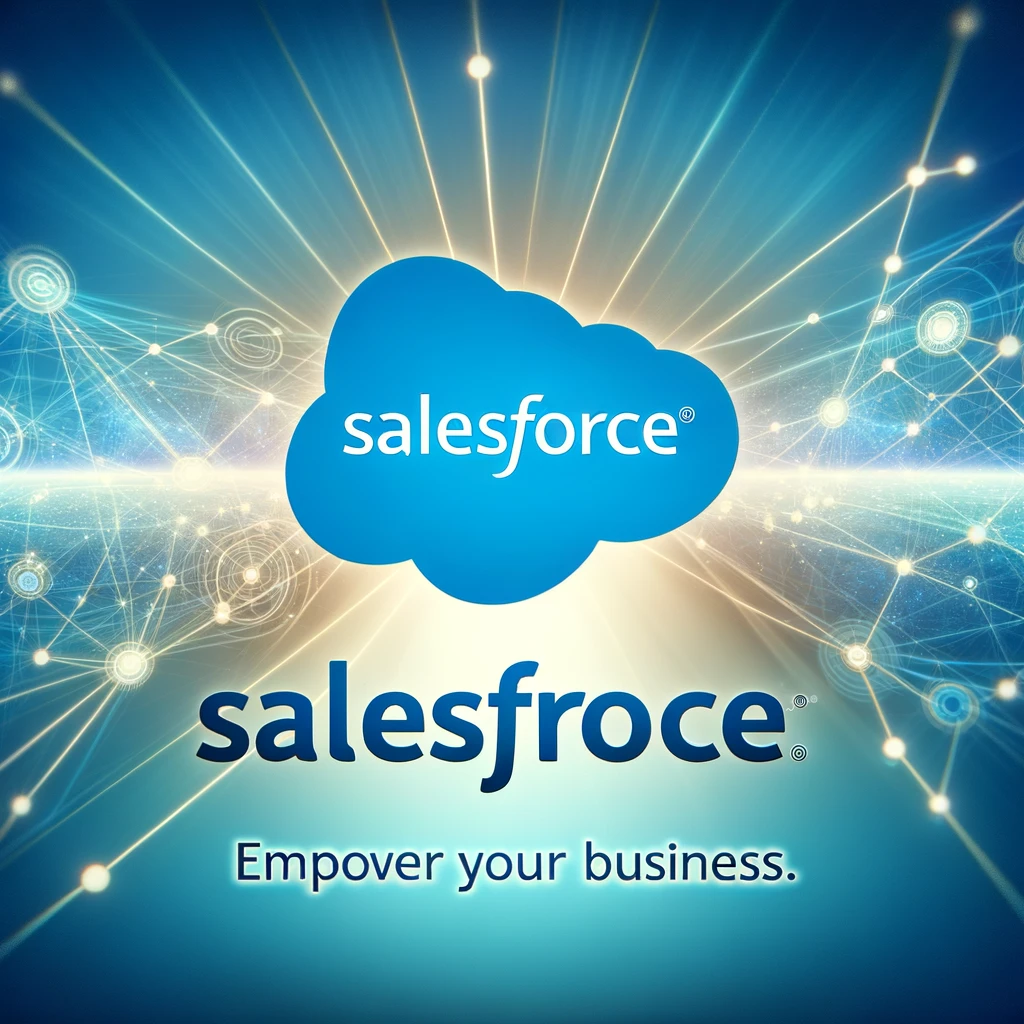Power BI Salesforce Objects vs Reports-Power BI and Salesforce offers powerful insights into sales performance and customer data. However, understanding the differences between Salesforce objects and reports within Power BI is essential for leveraging these platforms effectively. This comprehensive guide will explore the distinctions between Power BI Salesforce objects and reports, provide a comparison table, delve into various use cases, and offer external resources and FAQs to enhance your understanding.
Understanding Power BI Salesforce Objects and Reports
Power BI Salesforce Objects
Salesforce objects in Power BI represent the entities or data tables within the Salesforce platform. These objects include standard objects like Accounts, Contacts, Opportunities, and custom objects created by users. Power BI allows users to connect directly to Salesforce data and import these objects for analysis and visualization.
Power BI Salesforce Reports
On the other hand, Power BI Salesforce reports are dynamic visualizations created within Power BI that leverage Salesforce data. Users can build reports using drag-and-drop functionality to analyze Salesforce data visually. Power BI reports offer interactive features like filters, slicers, and drill-down capabilities, enabling users to gain deeper insights into their Salesforce data.
Comparison Table: Power BI Salesforce Objects vs Reports
| Feature | Power BI Salesforce Objects | Power BI Salesforce Reports |
|---|---|---|
| Definition | Represents Salesforce data tables/entities | Dynamic visualizations of Salesforce data within Power BI |
| Creation | Imported directly from Salesforce | Built within Power BI using drag-and-drop functionality |
| Granularity | Granular level of individual data records | Aggregated data presented visually |
| Interactivity | Limited interactivity without additional configuration | Highly interactive with filters, slicers, and drill-down features |
| Real-Time Updates | Requires manual data refresh | Supports real-time data refresh depending on data source |
| Customization | Limited customization options | Highly customizable with various visualization types and formatting options |
| Integration | Direct integration with Salesforce | Integration with other data sources and services beyond Salesforce |
Use Cases for Power BI Salesforce Objects
- Detailed Analysis: Utilize Power BI Salesforce objects to perform granular analysis of individual data records within Salesforce, such as examining sales opportunities or customer interactions.
- Data Modeling: Create complex data models within Power BI by combining Salesforce objects with data from other sources, enabling comprehensive analysis and reporting.
- Performance Monitoring: Monitor the performance of Salesforce objects over time, such as tracking changes in lead conversion rates or opportunity pipeline stages.
Use Cases for Power BI Salesforce Reports
- Executive Dashboards: Build interactive dashboards in Power BI to provide executives with real-time insights into key Salesforce metrics, such as sales revenue, pipeline health, and customer satisfaction scores.
- Sales Analysis: Analyze sales performance visually by creating Power BI reports that showcase trends, top-performing products, regional sales distribution, and sales rep performance.
- Customer Segmentation: Segment customers based on various criteria within Salesforce data and visualize the results using Power BI reports to identify target markets and tailor marketing strategies accordingly.
External Links
FAQs
Q: Can Power BI connect to Salesforce data in real-time?
A: Power BI can connect to Salesforce data in real-time, depending on the data source configuration and refresh settings.
Q: Are Power BI reports limited to Salesforce data only?
A: No, Power BI reports can integrate data from multiple sources beyond Salesforce, including databases, Excel files, and other cloud services.
Q: Can I schedule automatic data refresh for Power BI Salesforce reports?
A: Yes, Power BI supports scheduled data refresh for reports, allowing you to keep your Salesforce data up-to-date automatically.
Q: Are there any limitations to the types of Salesforce objects supported by Power BI?
A: Power BI can connect to most standard and custom Salesforce objects, but certain complex data structures or relationships may require additional configuration.
Q: How can I share Power BI Salesforce reports with my team or stakeholders?
A: Power BI allows you to share reports securely with specific users or groups within your organization or embed reports in SharePoint Online or other web portals.
Conclusion
Understanding the differences between Power BI Salesforce objects and reports is essential for maximizing the value of your Salesforce data within Power BI. By leveraging the strengths of each platform and considering your specific use cases, you can build comprehensive analytics solutions that drive business insights and informed decision-making. Explore the integration capabilities of Power BI and Salesforce to unlock the full potential of your data analytics strategy.

